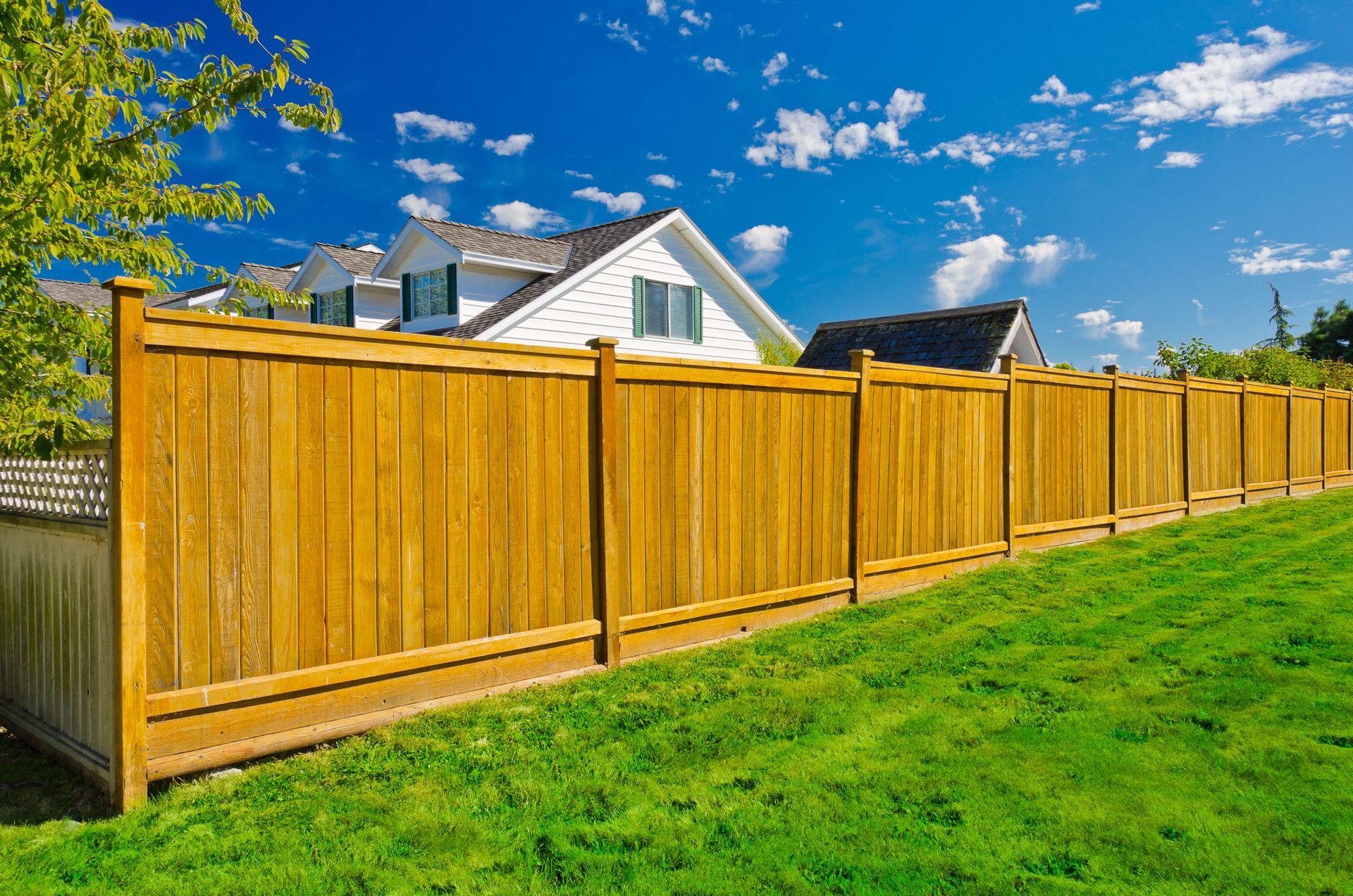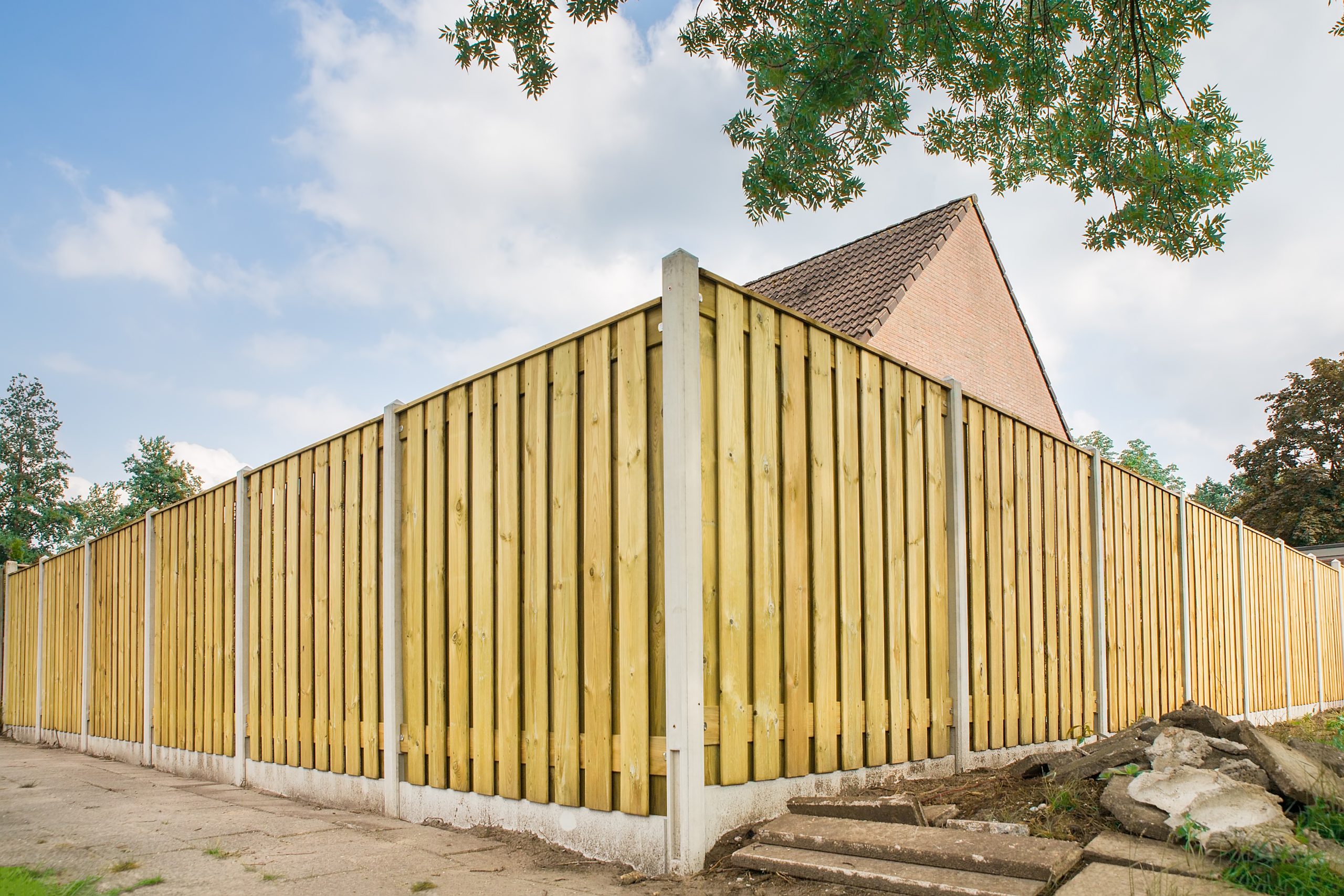All Categories
Featured

Acknowledging the indications that your fence requires to be changed can assist you avoid more damage and maintain the security and appearance of your residential or commercial property. Below are some crucial indicators that it's time to replace your fence.

- Noticeable Damage or Deterioration
Among one of the most apparent signs that your fencing needs to be changed shows up damages. Whether it's from weathering, crashes, or pests, any kind of significant cracks, splintering, or missing boards can considerably lower the structural integrity of your fencing. If the damage is considerable and exceeds simply a few repair services, changing the whole fencing might be extra cost-efficient in the future.
- Leaning or Sagging
A leaning or drooping fencing is a clear indicator of an issue. In time, the articles and rails can change because of dampness, deteriorating, or poor installation. If your fence is no more standing directly or leaning at an angle, it's a good indication that the foundation is jeopardized, which might call for a complete substitute. Even if the fence appears to be leaning a little, maybe an indication of underlying architectural issues that could get worse with time.
- Decaying or Rotting Wood

Wooden fences are specifically prone to rot and decay, especially in locations that experience high levels of moisture or humidity. If you notice that components of your wood fence are soft, blemished, or have noticeable mold and mildew, these are all indications of rot.
- Rust and Rust (For Metal Fences)
If you have a steel deterioration, fencing and corrosion are common signs of wear and tear,. Gradually, direct exposure to snow, humidity, and rain can trigger metal fencings to establish corrosion spots, which can deteriorate the structure and spread out. While small rusting can sometimes be repaired, extensive rusting or deterioration may make the fencing hazardous and necessitate a full replacement. It may be time to take into consideration replacing your steel fencing. if you see any substantial weakening or huge locations of corrosion.
- Fencing No Longer Satisfies Your Requirements
An additional reason to change your fencing can be that it no more offers its intended purpose. In time, your needs may change-- maybe you need a higher fence for even more personal privacy or a stronger one for enhanced safety. If your fence no much longer meets your demands or does not line up with your current choices, it might be time to update to a brand-new, extra functional design.
- Fading and Staining
While fading and staining are usually aesthetic problems, they can still suggest that your fencing is aging. Direct exposure to UV rays and severe weather condition can trigger fencings to lose their original shade, making them look worn and dull. If the fading is substantial and you have actually currently attempted cleansing and tarnishing the fencing, it might be time to replace it to recover the appearance of your property.
- Regular Repairs
If you locate on your own regularly repairing your fencing, it might be a sign that the fence is nearing completion of its life expectancy. While minor repairs can expand the life of a fencing, regular solutions may suggest that the structure is no more secure. In this case, it might be a lot more affordable to change the entire fencing as opposed to proceeding to spend in repair work.
Conclusion
Changing a fence is a considerable financial investment, but it is necessary for maintaining the security, visual, and personal privacy charm of your property. If your fencing is revealing indications of damages, rot, leaning, or other structural issues, it's crucial to analyze whether a replacement is needed. By identifying these indication early, you can make educated choices concerning when to change your fencing, ensuring your home stays secure and visually appealing for years ahead.
Latest Posts
Explore Best Car Repair Solutions at Montclare Auto Repair – Reliable Repairs Await
Published Jun 01, 25
1 min read
Learn Why Chicago Drivers Select Montclare Auto Repair for Reliable Service and Significant Savings
Published May 30, 25
1 min read
Secure Your Home with Quality Residential Roof
Published May 25, 25
1 min read
More
Latest Posts
Explore Best Car Repair Solutions at Montclare Auto Repair – Reliable Repairs Await
Published Jun 01, 25
1 min read
Learn Why Chicago Drivers Select Montclare Auto Repair for Reliable Service and Significant Savings
Published May 30, 25
1 min read
Secure Your Home with Quality Residential Roof
Published May 25, 25
1 min read